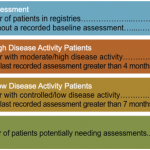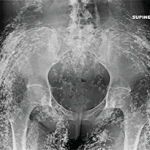Rheumatologists have growing concerns about how we manage rheumatoid arthritis (RA) and the disease outcomes we are achieving.1 Over the past two years, clinician rheumatologists have begun working together to address these problems through the Rheumatoid Arthritis Practice Performance (RAPP) Project, a nationwide clinical quality-improvement initiative. The RAPP Project has now grown to 168 participants…







